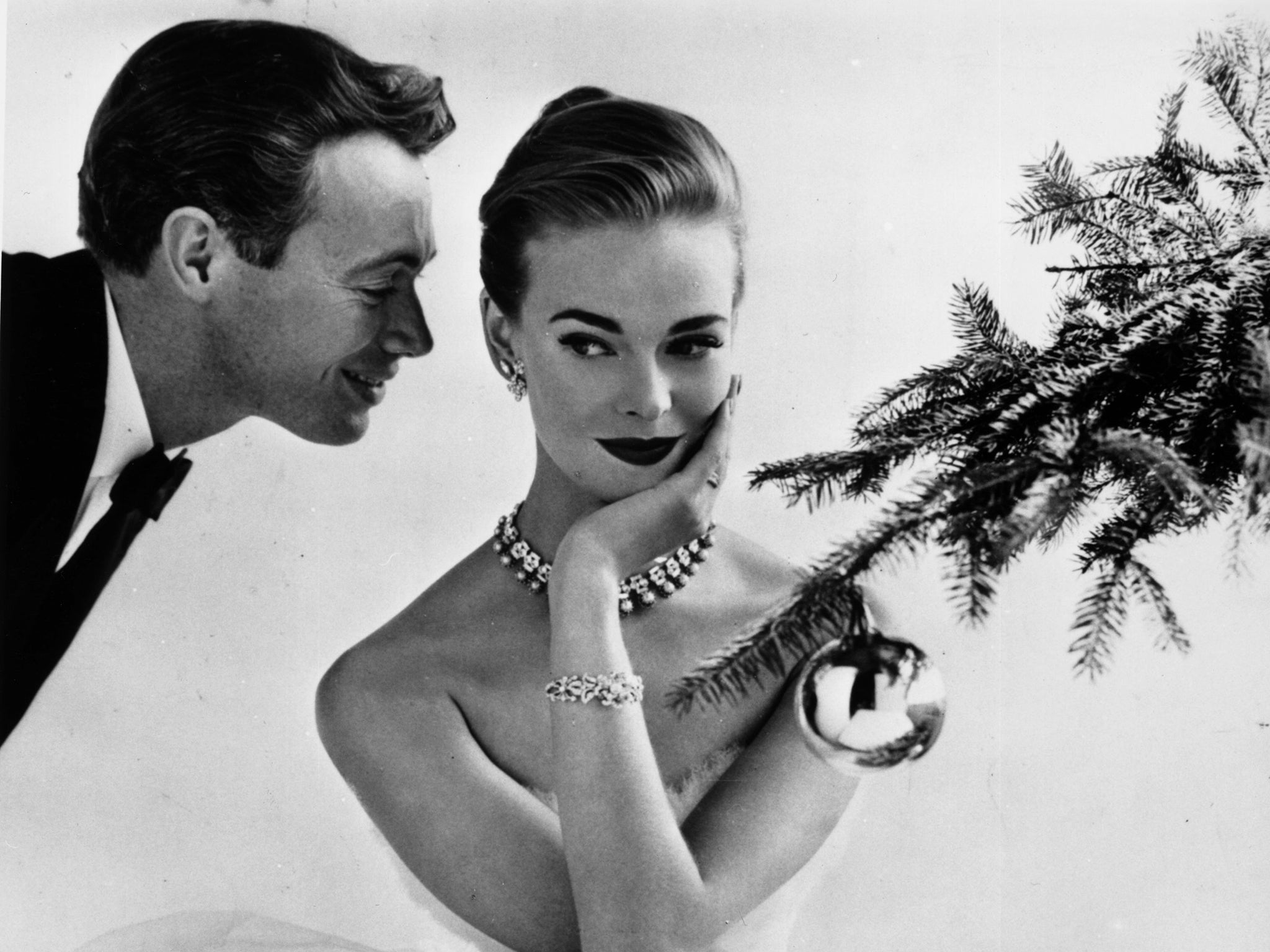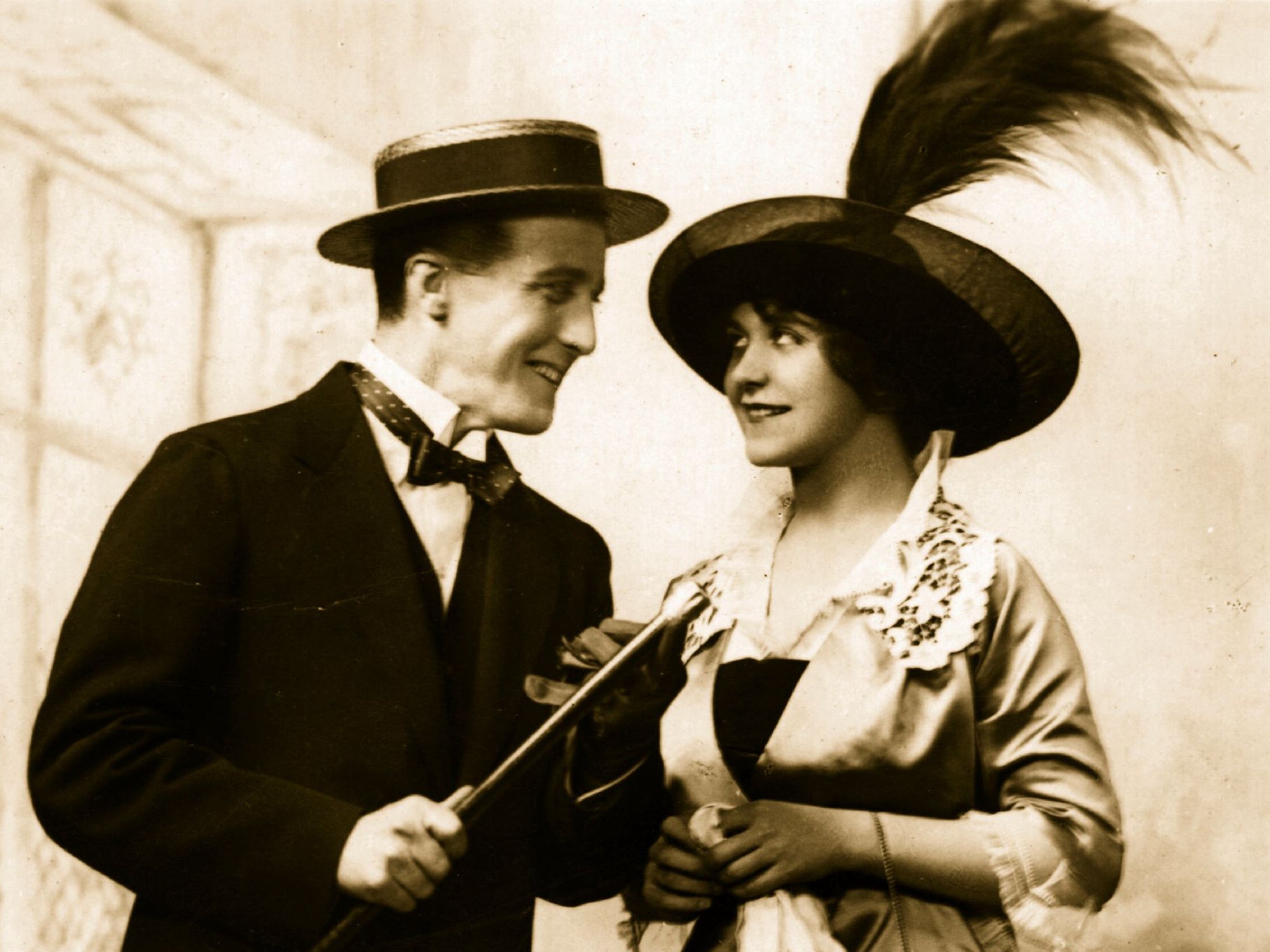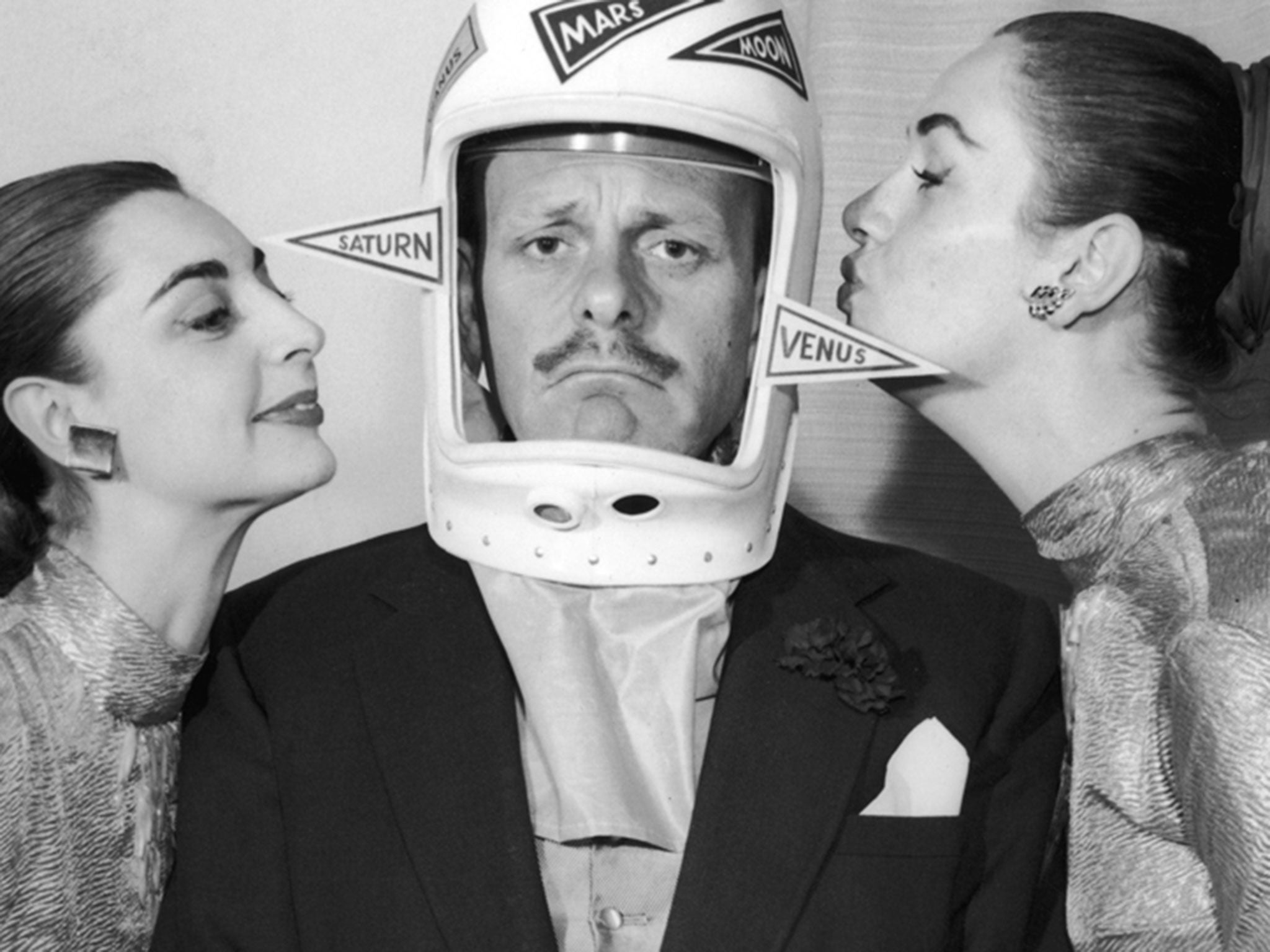The Independent's journalism is supported by our readers. When you purchase through links on our site, we may earn commission.
13 facts about flirting that single — and married — people should know

Your support helps us to tell the story
From reproductive rights to climate change to Big Tech, The Independent is on the ground when the story is developing. Whether it's investigating the financials of Elon Musk's pro-Trump PAC or producing our latest documentary, 'The A Word', which shines a light on the American women fighting for reproductive rights, we know how important it is to parse out the facts from the messaging.
At such a critical moment in US history, we need reporters on the ground. Your donation allows us to keep sending journalists to speak to both sides of the story.
The Independent is trusted by Americans across the entire political spectrum. And unlike many other quality news outlets, we choose not to lock Americans out of our reporting and analysis with paywalls. We believe quality journalism should be available to everyone, paid for by those who can afford it.
Your support makes all the difference.What could be more terrifying than talking to someone you're attracted to?
Luckily, social science has figured out what makes flirting work -- or not.
Below, we've rounded up some of the most intriguing findings on the art of flirtation, so you can saunter over to the object of your affection with confidence.
This is an update of an article originally posted by Drake Baer.
People flirt for six different reasons
In a 2004 review of the literature on flirting, Northern Illinois University professor David Dryden Henningsen identified six different motivations for the behavior:
* Sex: trying to get in bed
* Fun: treating it like a sport
* Exploring: trying to see what it would be like to be in a relationship
* Relational: trying to increase the intimacy of a relationship
* Esteem: increasing one's own self esteem
* Instrumental: trying to get something from the other person
In that study, Henningsen asked 101 female and 99 male students to write out a hypothetical flirty conversation between a man and a woman, then identify the motivations for the things they said.
The behaviors broke down along gender norms: Men were significantly more likely to have a sexual motivation, while women tended to have a relational one.

Couples need to flirt, too
Like Tinder, cats, and dying alone, flirting is usually associated with single people.
But couples need to know how to flirt, too.
After studying 164 married people for a 2012 study, University of Kentucky researcher Brandi Frisby noted that most of them flirted -- by playing "footsies" or whispering in their partner's ear, for example -- as a means of maintaining and emphasizing intimacy. Oftentimes, she wrote in her paper, married couples flirted to "create a private world with the spouse."
Some conversation starters are better than others
For a study in the journal Sex Roles, University of Alaska psychologist Chris L. Kleinke asked 600 respondents to rate the effectiveness of three varieties of opening lines in a flirtatious situation:
* "Pick-up" lines like "You must be a librarian, because I saw you checking me out"
* Open-ended, innocuous questions like "What do you think of this band?" or "What team are you rooting for?"
* Direct approaches like "You're cute -- can I buy you a drink?"
The responses were pretty evenly split along gender lines: While the men in the study tended to prefer the more direct approach, the women tended to prefer the open-ended, innocuous questions. Not surprisingly, very few people said they preferred the pick-up lines.
People feel connected when they get past the small talk
You probably already know that asking questions of the person you fancy is a good idea.
But it's all about the kind of questions you ask.
According to a widely cited 1997 study by State University of New York psychologist Arthur Aron, people feel more closely bonded when they ask each other intimate questions, as in "What roles do love and affection play in your life?" and "What, if anything, is too serious to be joked about?"
Six months later, two of the participants (a tiny fraction of the original study group) even found themselves in love -- an intriguing result, though not a significant one.

Men overestimate how interested women are
Evidence from multiple studies supports the idea that, among heterosexual people, men tend to overperceive sexual interest from women, while women tend to underperceive sexual interest from men.
In other words, men tend to think women are into them when they aren't, and women tend to not notice when men are into them.
In a 2000 analysis of several of these studies, University of Texas psychologists Martie G. Haselton and David M. Buss offered several explanations for this finding, including that men are raised to see more sex in their environments while women are brought up to be more modest, but psychologists still haven't quite nailed down a perfect explanation for their observations.
The most attractive characteristics depend on gender
According to a 2011 study led by University of British Columbia psychologist Jessica Tracy, heterosexual men and women diverge greatly in the facial expressions they fancy.
After showing 1,041 people images of different facial expressions, Tracy found that:
* Happiness was the most attractive female expression, but one of the least attractive for men.
* Pride was the most attractive male expression, but one of the least attractive for women.
* Interestingly, an expression of shame was relatively attractive on both men and women.
A light touch could help seal the deal
There's no need for a full-on shoulder massage, but putting a hand on their arm might help.
In 2004, psychologist Nicolas Gueguen had 20-year-old men approach women pedestrians in a French city and ask for their phone number. Half the time, the men simply made the request; half the time they lightly touched the woman's forearm for one second while asking.
Sure enough, the men were more successful in getting the woman's digits when they'd touched her arm.
Flirting can enhance your attraction
University of New Mexico evolutionary psychologist Steven W. Gangestad told Psychology Today that flirting is a "negotiation process" that happens after the first moments of attraction.
It's a subtle sort of testing the waters. You don't just say I'm attracted to you; are you attracted to me?
"It works much better to reveal [your attraction] and have it revealed to you in smaller doses," Gangestad says. "The flirting then becomes something that enhances the attraction."

A little sunshine helps
Another clever experiment led by Guegen suggests that the weather has a big impact on your odds of success while flirting.
Once again, 20-year-old men approached women in the streets of France and asked for their number. Half the time, it was a sunny day out; half the time it was cloudy.
Results showed that women were more inclined to provide their number on sunny days.
How you feel after flirting with someone who's not your partner depends on your gender
The impulse to flirt doesn't necessarily end once you're in a relationship.
But a 2008 McGill University study found that men and women in relationships react differently after they've potentially flirted with someone else.
In one study, 71 male undergrads in committed partnerships met either an attractive woman who flirted with them or an unavailable woman who ignored them. The same experiment was repeated on 58 female undergrads and attractive or unavailable men.
After the encounters, researchers asked participants how they'd react if their partner had done something annoying. Men who'd met the attractive woman were 12% less likely to forgive their partners, while women who'd met the attractive man were 17.5% more likely to show forgiveness.
It's not about being the most attractive person in the room
It's about signaling that you're available.
According to research from Webster University psychologist Monica Moore -- who studied people's flirting behavior at singles bars, shopping malls, and other places where young people meet -- women who smiled and made eye contact with others were more likely to be approached than those who were simply good-looking.
Eye contact really helps
Without being too much of a creep, staring into another person's eyes really does have effects.
In one study, researchers had 48 pairs of unacquainted, opposite-sex undergrads spend two minutes at each of the following tasks: 1) gazing at their partner's eyes, 2) gazing at their partner's hands, and 3) counting how many times their partner blinked.
When both pairs were doing the eye-gazing task at the same time -- meaning they were looking at each other -- they were far likely to report feelings of affection than when they were doing any other task.
There may be five main styles of flirting
When it comes to flirting, everyone's got a different M.O.
In 2010, Jeffrey A. Hall and Chong Xing published research that suggests there are five different styles of flirting. In 2015, they followed up on this research by breaking down each style into a series of verbal and non-verbal behaviors.
Here are some key behaviors of each type, as described by Susan Krauss Whitbourne on Psychology Today:
* Physical flirts tend to subtly touch the person they're interested in.
* Traditional flirts believe men should make the first move.
* Sincere flirts get other people to open up to them.
* Playful flirts see the interaction as a game and may be using the flirtation as a means to another end.
You can take a quiz, developed by Hall, to figure out which style best describes you here.
Join our commenting forum
Join thought-provoking conversations, follow other Independent readers and see their replies
Comments